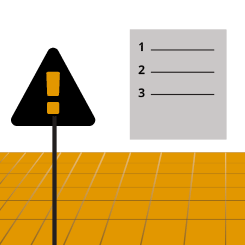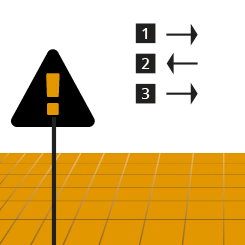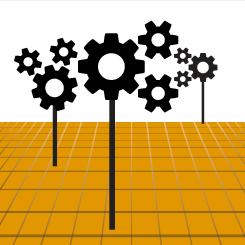Potential Problem Analysis

purpose
Prevent future problems
answers
How can we avoid or minimize future problems?
The Process
Potential Problem Analysis helps leaders avoid the problems that can impede success.
Used For
- Implementing new programs, changes and initiatives
- Preparing for a significant event
- Formulating plans aimed at achieving designated goals
About Potential Problem Analysis
The future and its changes bring opportunities—and new challenges. When implementing decisions or plans, we can hope for the best—or we can plan to ensure optimum success.
Using Potential Problem Analysis helps us anticipate potential problems and protect ourselves against them. It equips us to take actions that prevent problems or minimize their impact. This TregoED process gives us more control over our future by encouraging us to be more proactive and intentional.
Key Steps

1. Predict What Could Go Wrong
Wouldn’t it be great if we could implement changes and initiatives – without letting problems derail or sidetrack us? When we anticipate what could go wrong, we can avoid and prepare for it.

2. List Likely Causes
Understanding what can cause a problem helps us to protect ourselves against it.

3. Agree on Preventive Actions
Usually, there are actions we can take to keep a problem from happening. It’s almost always better to prevent a problem than have to clean up after it.

4. Note Contingent Actions
Despite our best efforts, problems sometimes happen anyway. If we plan well, we can limit the damage by knowing what to do if a given problem crops up.